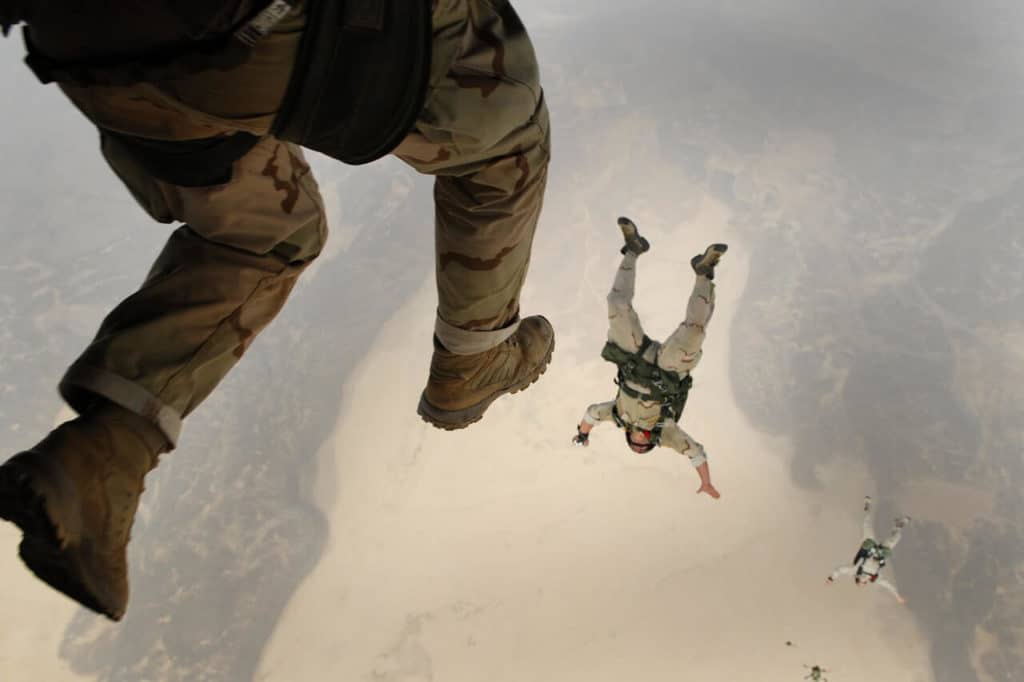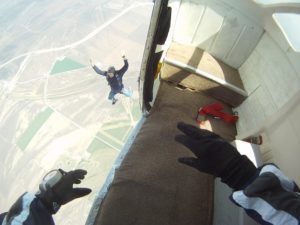Numerical problems on Vertical motion
Last updated on April 16th, 2021 at 10:06 am
In this post, we will solve a few ‘harder’ numerical problems on Vertical motion. Vertical motion under the influence of gravity is one of the most interesting chapters of mechanics. We have a detailed tutorial on this. Now its turn to explore some tricky but challenging numerical problems from this chapter.
I hope you will like the compilation. This is the first cut of this post. I’ll add new numericals on a regular basis.
You can also share similar problems and solution to my email id (see contacts). I will add those too here if found appropriate. These problems are good to practice for the students going for different exams like JEE including WBJEE, NEET, AP Physics, etc
Numericals on Vertical Motion
1)
A ball is thrown vertically in the air at 120 m/s. After 3 seconds, another ball is thrown vertically. What velocity must the second ball have to pass the first ball at 100m from the ground?
Solution:
First, we’ll frame the height formulas for both the balls:
The formula is height h = ut – (1/2)g t^2
If we take g as 9.8 m/s^2, the equation becomes:
h = ut – 4.9 t^2 . (Here is the initial velocity)
For the first ball:
h1=120t − 4.9t^2 ……………….(1)
For the second ball:
Lets say it was thrown with a velocity v.
As it got 3 sec less time compared to the first ball, so the equation for the second ball would be:
h2=v(t−3) −4.9(t−3)^2 ……………..(2)
Now set h1 equal to 100 and solve:
100= 120t − 4.9t^2
=> −4.9t^2+120t−100=0
(quadratic equation ).
Solving the equation we get,
t=0.863801,
t=23.626
We know that the time at which the balls pass each other must be at least 3 because the second ball is not thrown until t=3. Therefore, the first solution is invalid, and thus t=23.626 sec
Putting the value of t into the second equation (also set it equal to 100 like before).
100=+v(23.626−3) −4.9(23.626−3)^2
100=+20.626v −4.9(20.626)^2
v=105.916 m/sec [ this is the velocity with which the second ball was thrown ]
Analysis of Q1- numerical problems on Vertical motion
I believe after solving or while solving a numerical problem using mathematical formulas, every student should spend a while to visualize the situation. Like the above problem, can you visualize when and where the 2 balls actually meet at 100 m height?
The first ball is thrown vertically upwards with 120 m/s.
You know that it is under a retardation of approximately 10 m/s^2 when it is moving upwards.(Gravity or earth’s gravitational force on the ball acting in the opposite direction when it is moving upwards. This causes this retardation).
That means a reduction of velocity by 10 m/s every second. So obviously the ball can continue its upward movement for 120/10 = 12 sec.
You can similarly find this time for the second ball as well using the value of its velocity which we found out above.
As the 2 balls meet after 23 secs so obviously they were on their way downwards.
Vertical motion tutorial
numerical problems on Vertical motion with solution
2) A balloon which is ascending at the rate of 12m/s is 30.4 meters above the ground when a stone is dropped. What time will the stone take to reach the ground?
g = 10 m/s^2
Solution:
When the stone is dropped from the balloon, the balloon and the stone were having an upward motion with velocity 12 m/s.
Due to Inertia of Motion, the stone will continue its upward motion until its velocity becomes zero under the influence of Gravity, which is pulling the stone downwards.
So we will first find out 2 data, related to the upward motion of the stone.
We know:
During this upward motion, initial velocity = U = 12 m/s
Origin or starting point of upward motion=the point where it is thrown which is 30.4 m above ground
Findings:
The time taken by the stone to reach the maximum height from the point of throw= T1 = U/g = 12/10 sec = 1.2 sec………….(1)
and
The height reached with respect to the point of throw =h= U2 / (2g) = 12×12/(2×10) = 7.2 m
Now the stone will fall from the height = H=7.2 + 30.4 m = 37.6 m.
During the fall, its initial velocity = 0
Say, Time to fall through this height = T2
Using the formula H = (1/2) g T22
T2 = √ [2H/g] = √ [(2 x 37.6)/10] = 2.74 sec…………(2)
So total time taken by the stone to reach the ground= T1 + T2 = 1.2 + 2.74 sec = 3.94 sec (answer)
Vertical Motion – numericals (for AP physics, JEE, NEET, WBJEE)
3) A parachutist descending at a constant rate of 2.0 m/s drops a smoke canister at a height of 300 m.
Find the time for the smoke canister to reach the ground and its velocity when it strikes the ground.
Then find the time for the parachutist to reach the ground, the position of the parachutist when the smoke canister strikes the ground, and an expression for the distance between the smoke canister and the parachutist.
Solution:
Say, the time for the smoke canister to reach the ground = t
We will use the following equation to find out this t
S = ut + (1/2) g t^2……………………(1)
As the canister had a velocity 2 m/s when its thrown, so u = 2 m/s
S = 300 m
g = 9.8 m/s^2
So from eqn 1 we get,
So, 300 = 2t + (1/2)9.8 t^2
or, 4.9 t^2 + 2t – 300 =0…………..(2)
Solving the quadratic equation we get a positive value of t = 7.6 sec
The time required for the smoke canister to reach the ground = 7.6 sec
Say,Velocity of the canister when it reaches the ground V.
so, V = u + g t = 2 + 9.8×7.6 = 76.48 m/s
As the parachutist is coming down with a constant velocity, the time for the parachutist(say T) to reach the ground is found using this equation,
S = vT
300 = 2.T
T= 150 sec
When the canister strikes the ground, the parachutist has dropped 2.0 x 7.6 m = 15.2 m and is 284.8 m above the ground.
The expression for the distance between the canister and the parachutist is X= distance traveled by the canister – distance traveled by the parachutist
or, X = [2t + 4.9t^2] – 2t
X = 4.9 t^2
Related Posts for your reading








